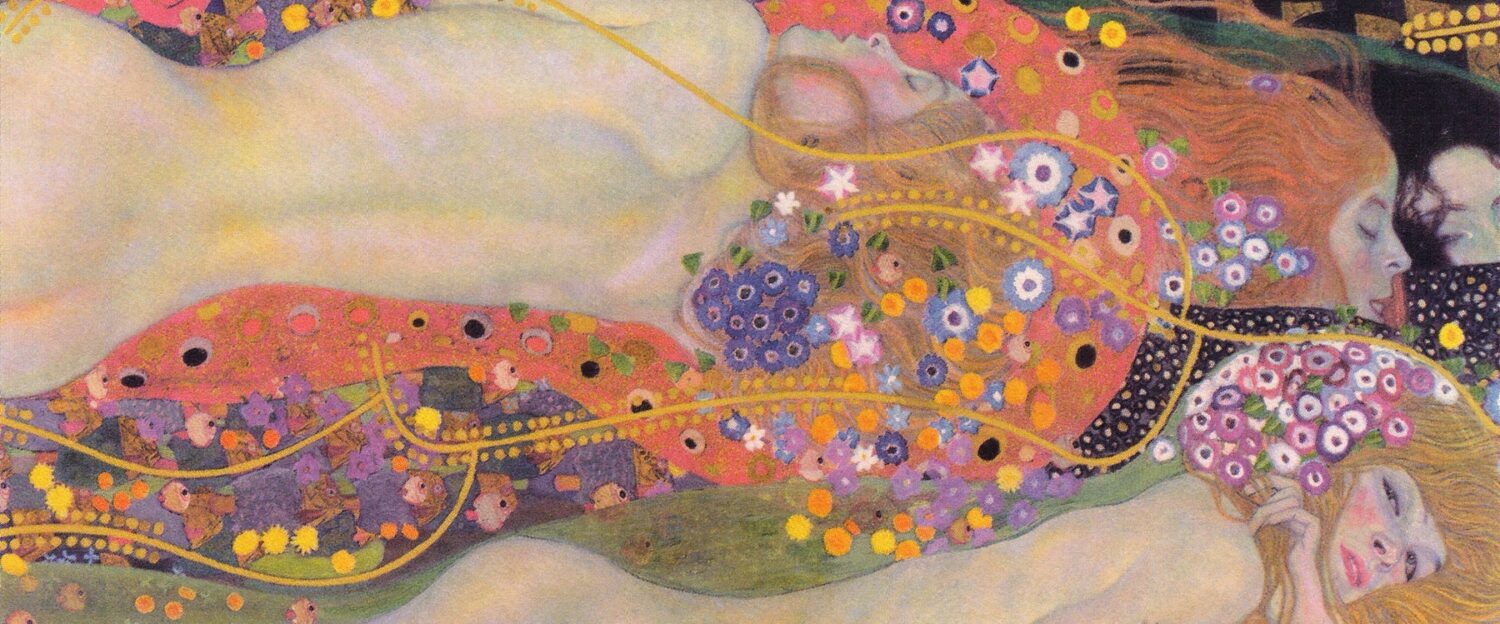We talk a lot about Arting As Conversation, as a way of using art to connect to ourselves, to each other and to the world around us. And this is one of the reasons we knew we had to share our experiences with it.
The process of Arting, of looking for art and putting pieces together in new or different ways, proved to be equally exciting. It allowed us to become art curators.
I absolutely loved that part. No matter what my week looked like, and there were some doozies over the past few years, this became a creative haven that I always looked forward to.
When Ruth sent her choices over, I had to scour the internet for a way to find pairings. When I had the first pick, I had to figure out how to narrow it down given the abundance of art available to us.
Finding my inner curator set the stage for the conversations to come. It jumpstarted my own reflection period because it kept the process alive for me during the time in between our Arting conversations. More significantly, it gave me space to figure out what art I liked. It feels like other people, the media, professional curators and gallery owners influence what we like. I wallowed in having time to figure that out for myself.
There were so many ways to find and choose art that I liked, which added to the fun of the process. Here are five strategies to get you started. Approach it like play. It very much is.

- Select Themes – love, hate, pain, peace, protest, growth, scandal, isolation, history – it’s all out there. In fact, I found Rene Magritte’s The Lovers, which I discussed in an earlier post, when pursuing a love theme.
- Focus on Colors – as odd as that seems, I would sometimes look for paintings that all highlighted a single color. I took this from Vincent Van Gogh, whose work taught me the power of color. I did a pink theme and discovered Alice Bailly, a Swiss avant-guard artist, in that search. Take a look at her Equestrian Fantasy with Pink Lady to the left.
- Address pet peeves. One of the things that really irked me about art was the overabundance of naked women. This truth generates so many questions that structured some of my searches – What are the differences between male, female and non-binary artists in their approach to female nudity? Who focused on male nudity and why? Who challenged it and how did they do it? What did it tell us about culture through the ages? I discovered Leonor Fini when looking for female approaches to male nudity. Watch for a future post on this because this topic is not really a simple thing at all.
- Find new artists. Both Ruth and I challenged ourselves to look beyond what we knew – scouring galleries globally, art websites and newsletters and targeted searches (e.g. women surrealists) to find a wider, more diverse set of artists than we were exposed to in a life where art was a few museums a year.
- Follow an issue. Artists reflect our world back at us. You can find protests, responses, screams and cries, reflection, all done in art. I return to Margaret Morrison’s Paradigm Shift, a series of paintings documenting her crisis of faith and move to a new spirituality, when I need to connect with process, loss and hope.
How do you discover new art? What do you learn from that process of discovery? Can you share a piece of artwork that wowed you and why?
Featured Image Credit: Henry Ossawa Tanner, The Banjo Lesson.
Discover more from Arting: Art As Conversation
Subscribe to get the latest posts sent to your email.

